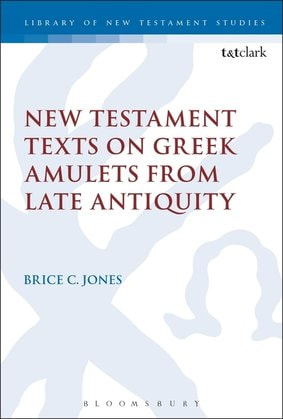|
In the latest issue of Novum Testamentum, there is an article by Wally V. Cirafesi titled, "The Bilingual Character and Liturgical Function of 'Hermeneiai' in Johannine Papyrus Manuscripts." Wally and I exchanged our articles on the hermeneiai because I learned that we were both about to have pieces published on the same topic—mine in NTS, his in NovT! Moreover, I later learned that my friend Kevin W. Wilkinson of Toronto also has a forthcoming article on the hermeneiai! So, this must be the age of hermeneia manuscript research. In any case, what sets my piece apart from Wally's and Kevin's is that it is really an edition of a Coptic parchment manuscript containing hermeneia, fronted with a general discussion about the hermeneia system (I have introduced it here), while their essays focus directly on the function and structure of these enigmatic manuscripts. I am grateful that Wally gave me a shoutout in footnote 70 of his essay, which he has graciously made available online here. It is a good read and I encourage my readers take a look. Here is the abstract:
"In contrast to previous studies, this article argues that the use of ἑρμηνεῖαι in a group of Johannine papyrus manuscripts is fundamentally characterized by their occurrence in bilingual manuscripts or manuscripts influenced by a bilingual social setting (Greek- Coptic or Greek-Latin). Rather than seeing them as some sort of biblical commentary or oracular statements used for divination, it is suggested that, in light of their bilingual character, the Johannine ἑρμηνεῖαι functioned as liturgical tools to facilitate early Christian worship services needing to accommodate the use of two languages within a particular community."
0 Comments
Your comment will be posted after it is approved.
Leave a Reply. |

Available at Amazon!
Archives
June 2020
Categories
All
|